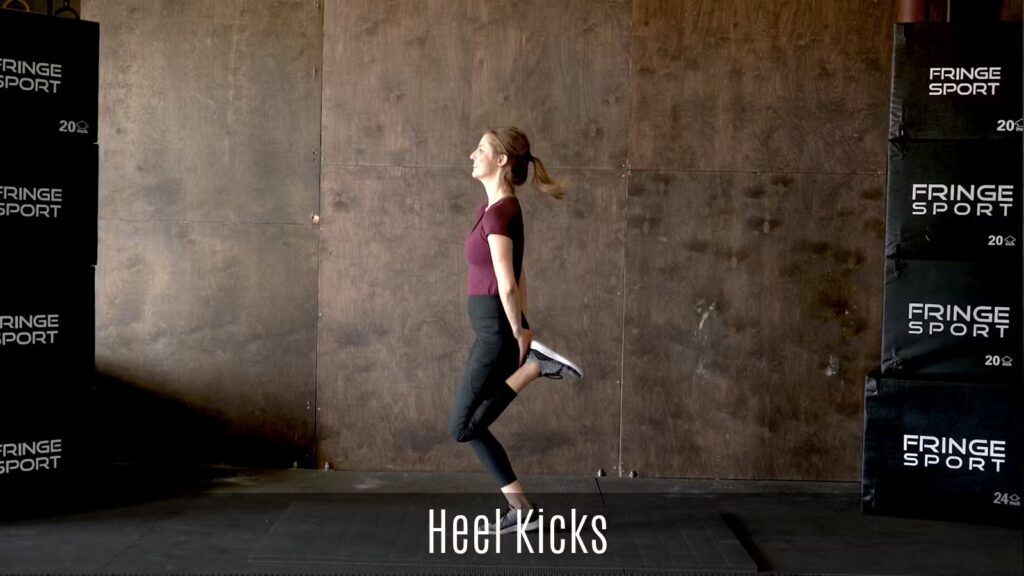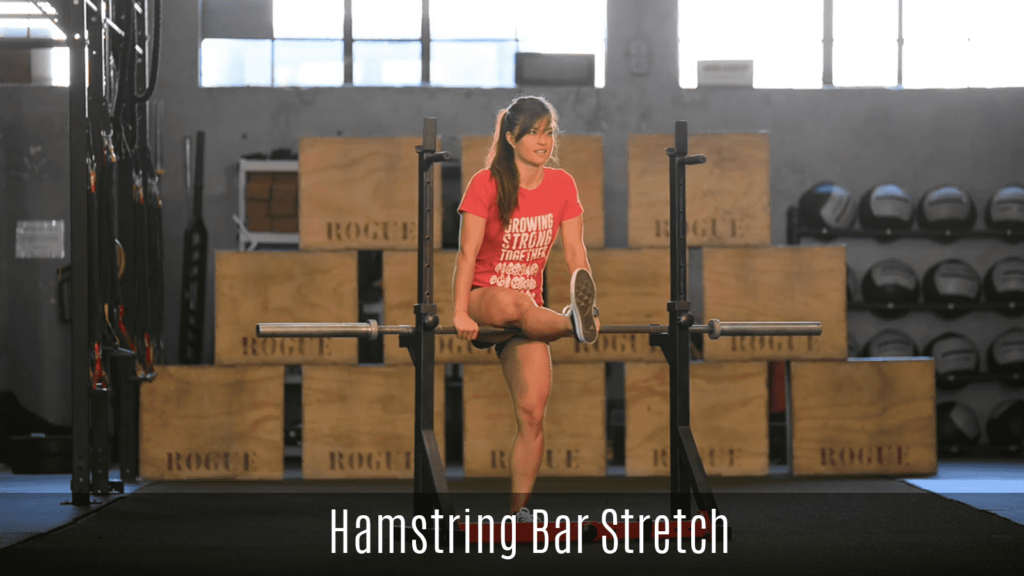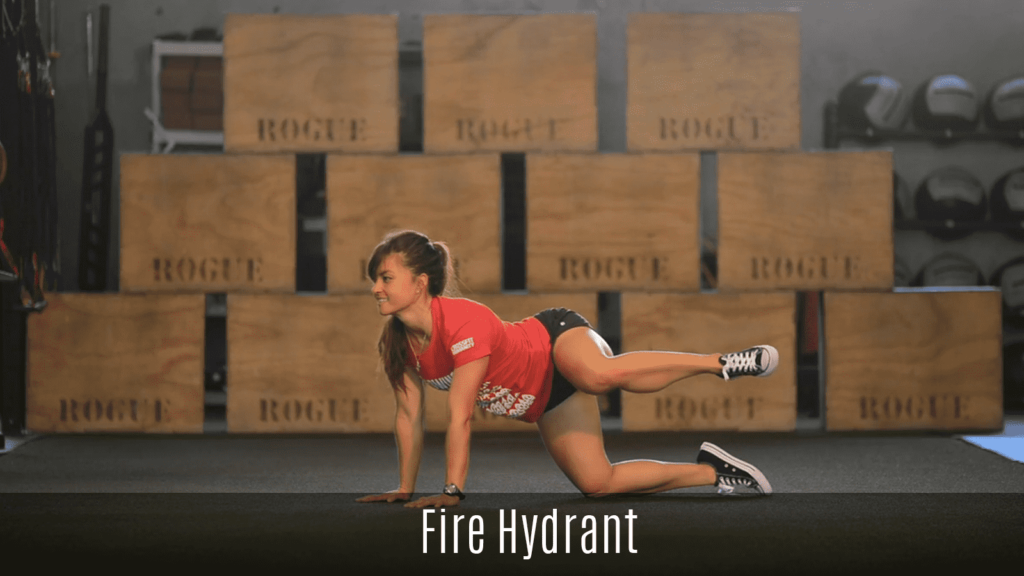Isometric exercises are performed in one position without movement. They are extremely effective at conditioning muscles while maintaining a pose in a stress position. One of the best and well-known isometric exercises is the Elbow Plank. It may appear easy at first, but trust us, it will challenge even the most hardened athlete.
The key is to keep your body in a static position while your abdomen and back maintain a neutral spine and your arms hold your bodyweight above the ground. You are not crunching or lifting your legs- simply staying prone and holding the position for as long as you can manage.
What is the Elbow Plank?
Firstly, find yourself a mat or a comfortable area of the floor. We recommend starting in the Tabletop position as this ensures that you set yourself up for success with proper form. In Tabletop, place your hands on the floor directly under your shoulder and your knees on the floor directly under your hips. Find a neutral spine.
From Tabletop, step one leg back until it is fully extended and then follow with the other. Come into a push up position. Once in the push up position, lower down onto your forearms one at a time. Now, your elbows should be on the ground instead of your palms. This is the one way this elbow plank variation differs from the standard plank.
Your gaze should be looking down and slightly out in front of you. Your legs are extended straight out behind you while your arms are in front with your weight supported on your elbows. You can think about reaching your heels to the back wall behind you. This will keep tension throughout your body and help you find that flat back position that we are searching for in plank.
Your hands should be clasped together on the floor beneath your face. Maintain a straight spine, so your legs, back, and head are all in alignment. Inhale and exhale steadily as you use your core to stabilize your body in this position above the ground. Think about pulling your bellybutton up towards your spine. Keep yourself as stiff as a board throughout the exercise. Try to hold it for as long as 30 seconds. As you become stronger, try to hold the Plank for as long as possible.
Common form mistakes are lifting your hips too high or rounding your lower back inwards. You want to avoid doing any of these things, so think about keeping your whole body in a nice straight line from the top of your head to the bottom of your feet. It is also common for the hips to sag towards the ground. Again, pulling your bellybutton up towards your spine and aiming for a straight line may help you avoid this problem.
Benefits of the Elbow Plank
The plank movement is a core-strengthening exercise. Sure, everyone wants to have the much sought-after Six Pack Abs, but strengthening those same muscles (regardless of whether your abs actually “show up” or not) is more important. This is true for a number of reasons. It’s also worth mentioning that the traditional “Six Pack Abs” usually have much more to do with your personal genetics and a specific nutrition plan than what core exercises you perform, but that’s a discussion for a different day.
First off, a strong core will help keep injuries at bay. Most of the movement that our body performs originates from our center – or core. This means that if we’ve strengthened and trained those deep-lying muscles within our core, we move safer and keep other parts of our body injury-free along the way.
Having a strong core can also benefit you in many of the functional tasks you may do throughout the day. It enhances your stability and balance which both can benefit your overall quality of life.
Planks are more than just a core-strengthening exercise though. They are also good for building strength and stability and muscular endurance in your legs, arms, and chest. Strengthening these areas can help you maintain a better posture throughout the day.
Elbow Plank Modifications
If the traditional elbow plank feels a little too advanced for your current ability level, try dropping onto your knees and holding in this position. Focus on keeping tension in your core and hold for 15-30 seconds at first. Repeat this for three sets.
There are ways to make the plank more intense too. You can add a weight plate or other weighted object onto your back for an extra challenge. Hold this for a set amount of time. It may be helpful to have a partner place and remove the weight for you.
Another challenge would be to do an “elbow to full” plank for a certain number of repetitions. Start in the elbow plank and then transition to a full plank and then back down to the elbow plank. That is one rep. Complete for as many reps as you deem appropriate.
How to perform an Elbow Plank
Find a mat or a comfortable area on the floor.
Get into a pushup position, but with your elbows on the ground instead of your palms.
Your face should be looking down at the floor and slightly out in front of you. Your legs are extended straight out behind you while your arms are in front with your weight supported on your elbows. You can clasp your hands together in front of you.
Maintain a straight spine, so that your legs, back, and head are all in one continuous alignment.
Focus on your breathing as you inhale and exhale steadily. Use your core to stabilize your body in this position above the ground.
You should start to feel a “wobbly” feeling in your core- try to hold the plank position for as long as possible. Most beginners should be able to hold it for 30-60 seconds.
Rest and then try another set.
Common form mistakes are lifting your hips too high or rounding your lower back inwards. Keep yourself as stiff as a board throughout the exercise. As you become stronger, try to hold the Plank for as long as possible.



